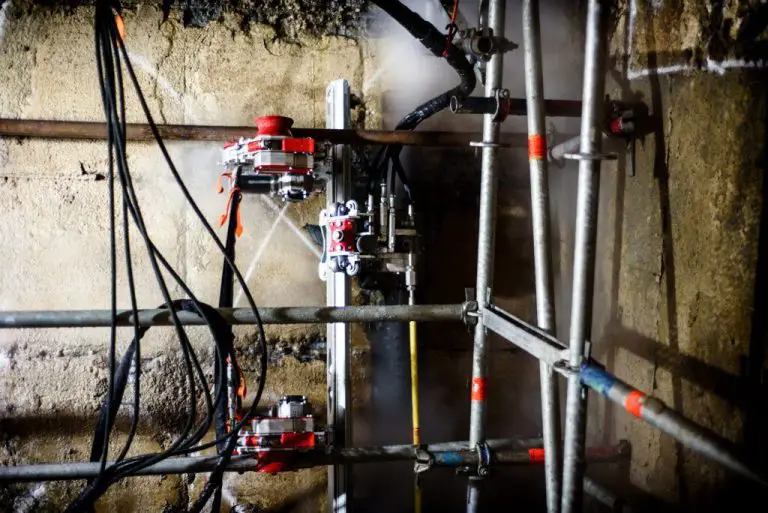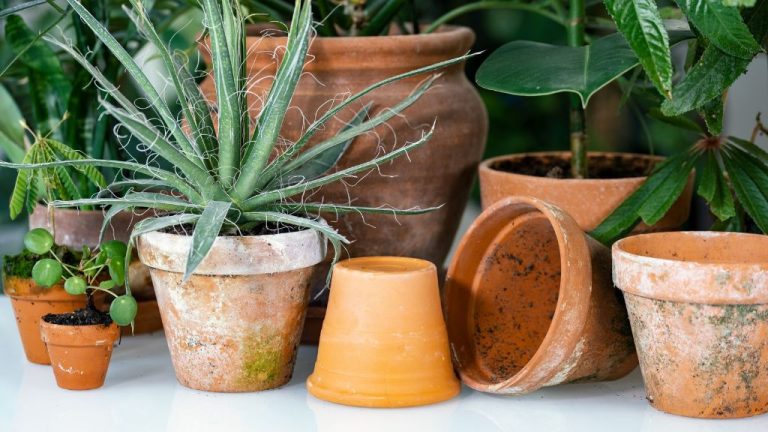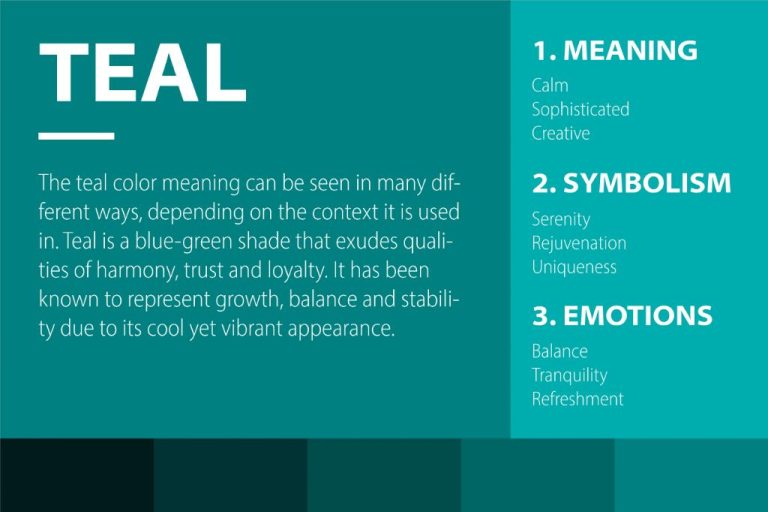What Kind Of Clay Is Best For Making Figures?
When it comes to sculpting and making figures, there are many types of clay to choose from. Each variety has its own properties, advantages and disadvantages that make it more or less suitable for certain projects. The most popular clays for figures and sculptures include polymer clay, oil-based clay, air-dry clay, epoxy clay and paper clay.
There are several factors to consider when deciding which clay is best for your needs. These include versatility, texture, durability, finishing properties, cost and ease of use. The type of figure you want to make is also an important determining factor. Some clays are better suited for delicate details while others are ideal for larger sculptures.
In this article, we will provide an overview of the most common clays used for sculpting figures and miniatures. We will explore the key characteristics, benefits and downsides of each type of clay. We’ll also offer tips on clay storage and provide some general sculpting advice for working with the different clays. By the end, you’ll have a better understanding of the range of options available and be able to choose the clay that is right for your next figure sculpting project.
Polymer Clay
Polymer clay, also known as plasticine, became popular for sculpting and making figures in the 1930s. It consists of tiny PVC particles mixed with plasticizers and pigments. When baked, the particles fuse together to form a durable, solid piece.
Polymer clay offers many benefits for figure making:
- Does not harden until baked, allowing for extended working time
- Holds fine detail well
- Available in a wide variety of colors
- Can be blended and mixed to create custom colors
- Smooth, non-sticky texture
- Does not dry out from exposure to air like some clays
Popular brands of polymer clay include Sculpey, Fimo, Kato Polyclay, and Cernit. The clay comes in many types, including firm, soft, translucent, pearlized, and more.
Basic tools for working with polymer clay include a roller, clay cutting blades, silicone sculpting tools, acrylic roller, and textured materials. An oven is required for baking the finished piece to cure it.
Oil-based Clay
Oil-based clays, also known as modeling clay or plasticine, are clays made with oils, waxes, and other ingredients to be soft, pliable, and non-hardening. Common brands include Plasticine, Sculpey, Van Aken Plastalina, and Magic Clay. The clay remains malleable even when not being worked with.
Oil-based clays are popular for sculpting figures and small artworks as they are easy to shape and never dry out. The sculptor can continually add to and smooth the sculpture over multiple sessions. These clays also provide strong adhesion between pieces added together. Textures can be impressed using sculpting tools.
However, oil-based clays may not hold fine details well compared to polymer clays. Finished sculptures are also quite fragile. Since the clay remains sticky, it can attract dirt and dust. The sculptures are not durable over time and can melt if exposed to heat. Paint does not adhere well to the oily surface.
Common types of oil-based clays include:
- Plasticine – Soft, non-drying modeling clay that can be reused. It provides vibrant colors.
- Magic Sculpt – Two-part platinum clay that cures into a clay-like material after mixing the base and catalyst.
- Sculpey – Brand of plasticine clay that comes in a wide variety of colors.
Air-dry Clay
Air-dry clay is one of the most popular and readily available clays for sculpting and making figures. It’s easy to use and control which makes it a good choice for beginners and kids. Air-dry clay doesn’t require baking or firing to harden, it simply dries and cures at room temperature over the course of 24-72 hours.
Some benefits of air-dry clay are that it’s very lightweight, inexpensive, and versatile. It can be painted, sanded, drilled, and finishes very smooth. Air-dry clay is excellent for making detailed sculptures and figures because it holds fine details well. It also doesn’t require any special tools or equipment beyond basic sculpting and carving tools.
Drawbacks include that air-dry clay can be messy and may crack as it dries if the shape is too complex. Pieces made from air-dry clay are also relatively fragile and delicate. Air-dry clay is best suited for making small decorative items, figures, and crafts rather than large or functional pottery.
Popular brands of air-dry clay include Crayola Model Magic, Activ-Clay, hearty clay, and Original Sculpey. Within air-dry clays, there are white clays as well as colored varieties. Some are very smooth while others contain small grog (particles) to create more texture.
Epoxy Clay
Epoxy clay is a two-part clay that consists of an epoxy resin and a hardener. When mixed together, the two ingredients undergo an exothermic chemical reaction that causes the clay to harden. Epoxy clay is known for its strength, durability, and intricate detailing abilities.
Overview
Epoxy clays are available in various formulas with different curing times. Most epoxy clays tend to be quite firm and are best suited to holding fine details without deforming over time. The clay can be sanded, drilled, tapped, and painted once fully cured. One downside is that uncured epoxy resin can cause skin irritation for some individuals. Proper handling and safety precautions are advised.
Benefits for Figures
Here are some of the benefits of using epoxy clay for figurines and miniatures:
- Holds extremely fine details and precision sculpting
- Does not deform or sag over time
- Can be drilled and tapped to affix parts
- Cures to an extremely hard, durable finish
- Takes acrylic paints and finishes very well
- Available in various working times from 1-24 hours
Popular Brands
Some of the top brands of epoxy sculpting clay include:
- Apoxie Sculpt – Cures in 24 hours, can be kneaded for several hours
- Magic Sculpt – Cures in 2 hours, can be kneaded for 1 hour
- Milliput – Cures in 2-4 hours, can be kneaded for 2 hours
- Green Stuff – Cures in 4-6 hours, can be kneaded for 2 hours
Paper Clay
Paper clay is a versatile sculpting medium made by mixing paper pulp with clay. The paper fibers act as a binder to add strength and flexibility to the clay. Paper clay is lighter in weight than traditional clays and has excellent adhesion properties.
Paper clay is made by blending mashed paper pulp with any natural or polymer clay. Recycled paper is torn into small pieces and soaked in water to break down the fibers. Once soft, the paper pulp is blended into the clay body. Commercial paper clays may also contain additives like starch, glue, or methyl cellulose as binders.
The paper fibers reinforcement allows paper clay to be rolled very thin without cracking or tearing. It can also extend the clay when supplies are limited. When dry, paper clay has a texture similar to terracotta. The finished pieces are durable and lightweight.
One downside is that paper clay tends to dry faster than regular clays. Keeping the clay wrapped in plastic while working can help prevent premature drying. The paper content can also make the surface a little rough. Light sanding and sealing is often needed to achieve an ultra-smooth finish.
Comparing Clays
When deciding which clay is best for a sculpting project, it helps to compare their key properties and characteristics:
Polymer Clay – Very versatile and strong when baked. Holds fine detail well. Limited color options unless mixed. Can be brittle if thin.
Oil-based Clay – Never dries out. Stays workable and flexible. Self-adhesive and blends colors easily. Heavy and messy to work with.
Air-dry Clay – Dries hard and durable at room temperature. Low cost and readily available. Can crack if drying too fast. Heavy when wet.
Epoxy Clay – Non-toxic and very strong when cured. Allows intricate detailing. Short working time. Expensive and requires mixing.
Paper Clay – Lightweight and easy to sculpt. Made from recycled paper so eco-friendly. Can be fragile when dry depending on recipe.
For figurines and sculpture requiring fine detail, polymer clay is often the best choice. The versatility and strength when baked makes it ideal for delicate parts. For large sculptural pieces where weight is not an issue, oil-based or air-dry clays allow constant reworking and shaping of details.
Clay Storage
Proper storage is crucial for preserving your clay and maintaining its ideal texture and workability. Here are some tips for keeping clay in optimal condition:
Unopened Clay
Store unopened clay packs in a cool, dry place away from direct sunlight and heat sources. Temperature extremes can cause clay to become too soft and sticky or dry and brittle over time. An ideal storage temperature is around 70°F.
Also avoid storing clay packs directly on concrete floors or against outside walls, as moisture can damage clay. Store on shelves in a closet, cabinet, or art supply drawer instead.
Opened Clay
Once opened, rewrap blocks of clay tightly in plastic wrap or place in resealable bags before storing. This prevents air exposure and drying.
To keep clay soft and pliable, add a damp paper towel to the storage bag or container. Check periodically and remoisten the towel as needed.
If portions of opened clay do dry out, restore flexibility by kneading in a dab of vegetable oil. Avoid over-oiling as excess oil can seep out over time.
Leftover bits of clay can also be stored by placing them in an airtight container with a moist paper towel. Knead the bits together to remove air pockets before sealing.
Sculpting Tips
When sculpting with polymer clay, having the right tools and techniques can make the process easier and help you create smooth, detailed sculptures. Here are some tips for sculpting success:
Tools
Invest in quality sculpting tools like loop tools, silicone tipped shapers, roller tools, texture sheets, and needles. Smooth tools like silicone shapers are great for smoothing seams and blending clay. Needle tools are helpful for adding fine details and textures.
Armatures
Use wire, aluminum foil or other materials to create an armature or base structure for your sculpture. This makes the piece lighter, more stable and easier to work on. Bend wire to the desired pose for figures.
Baking
Follow the manufacturer’s instructions for proper baking time and temperature. Under-baking can result in weak, tacky clay. Over-baking can burn or discolor the clay. Tent foil loosely over the piece while baking to prevent scorching.
Painting
Acrylic paints work well for hand-painting details. Use a sealant like polyurethane or acrylic varnish for a glossy finish. For staining large areas, you can also use oil paints, inks or shoe polish.
Troubleshooting
Avoid over-handling the clay which can cause fingerprints and smudging. Use liquid clay for affixing parts and filling gaps. If clay becomes sticky while sculpting, apply talcum powder. Store unused clay properly to prevent drying.
Conclusion
When deciding which clay is best for sculpting figures, there are several factors to consider. Polymer clay is excellent for fine detail and doesn’t require baking, making it one of the most popular choices. Oil-based clays like plasticine allow for extended working time and are easy to shape. Air-dry clays are inexpensive, simple to use, and don’t require an oven. Epoxy clays are durable and bond well to other materials. Paper clay is lightweight and made from recycled materials.
For most figure sculpting, polymer clay is recommended as the top choice. It allows for intricate designs, doesn’t dry out quickly, produces durable finished pieces, and comes in a wide array of colors. It’s also accessible and affordable. Just be sure to work in a well-ventilated area. Oil-based clays are also a good option, especially for animators or those requiring more working time. Ultimately, choose the clay type that best suits your project needs and skill level.
To learn more about working with sculpture clays, consult instructional books by artists familiar with modeling the human form. Sculpture magazines and websites are also excellent resources for mastering figure sculpting techniques. With the right clay and practice, you can start creating your own impressive clay figures.



